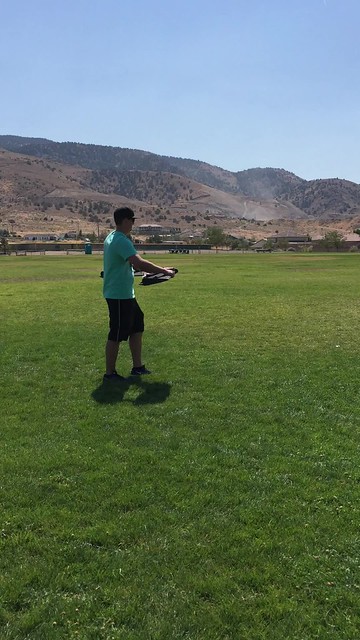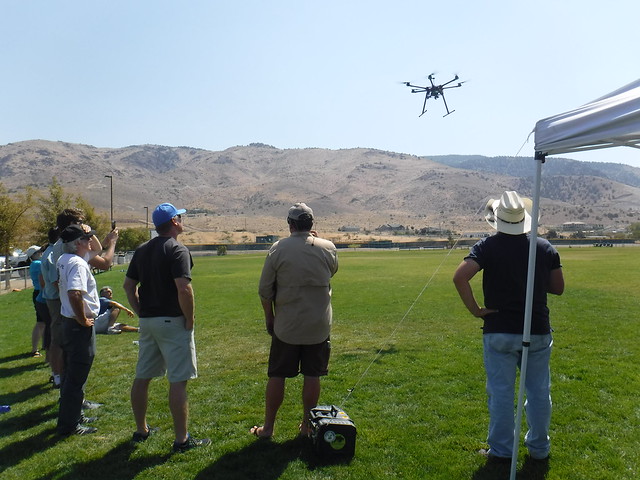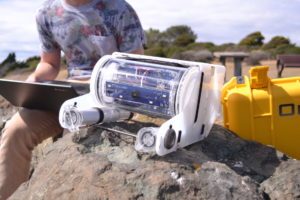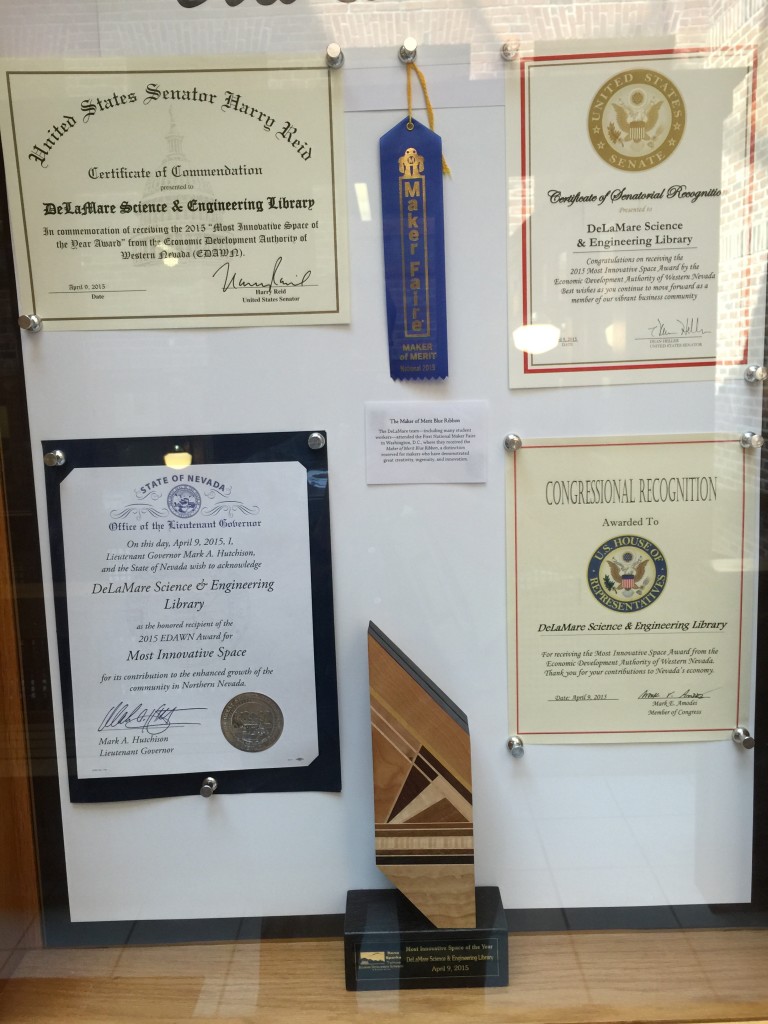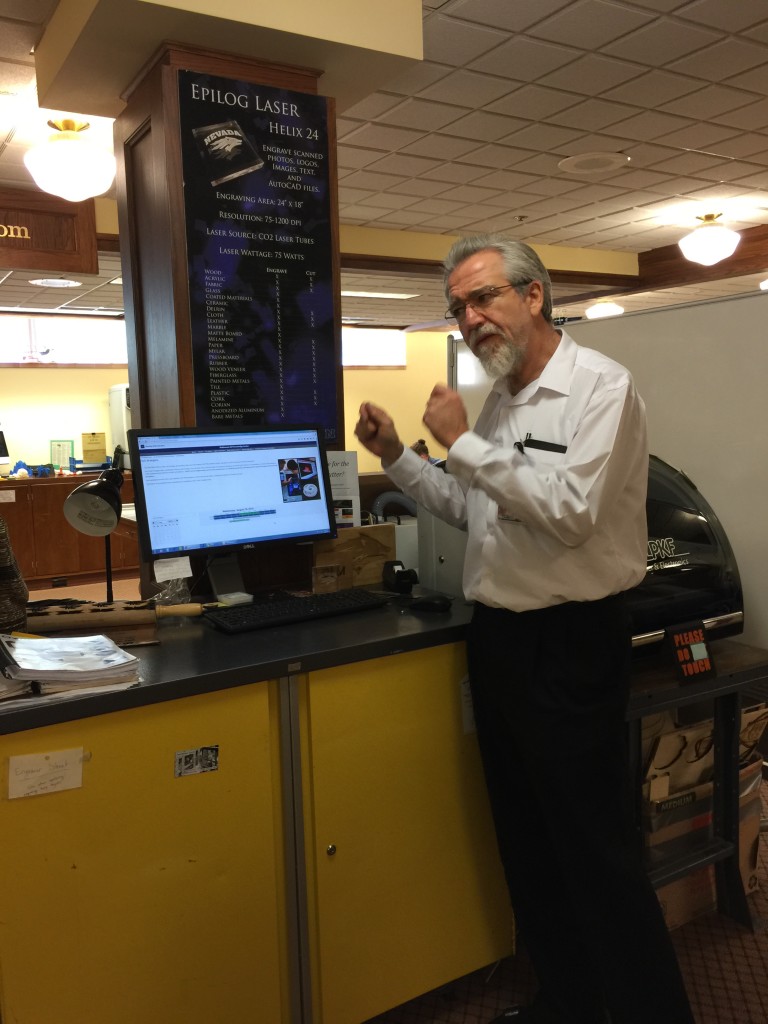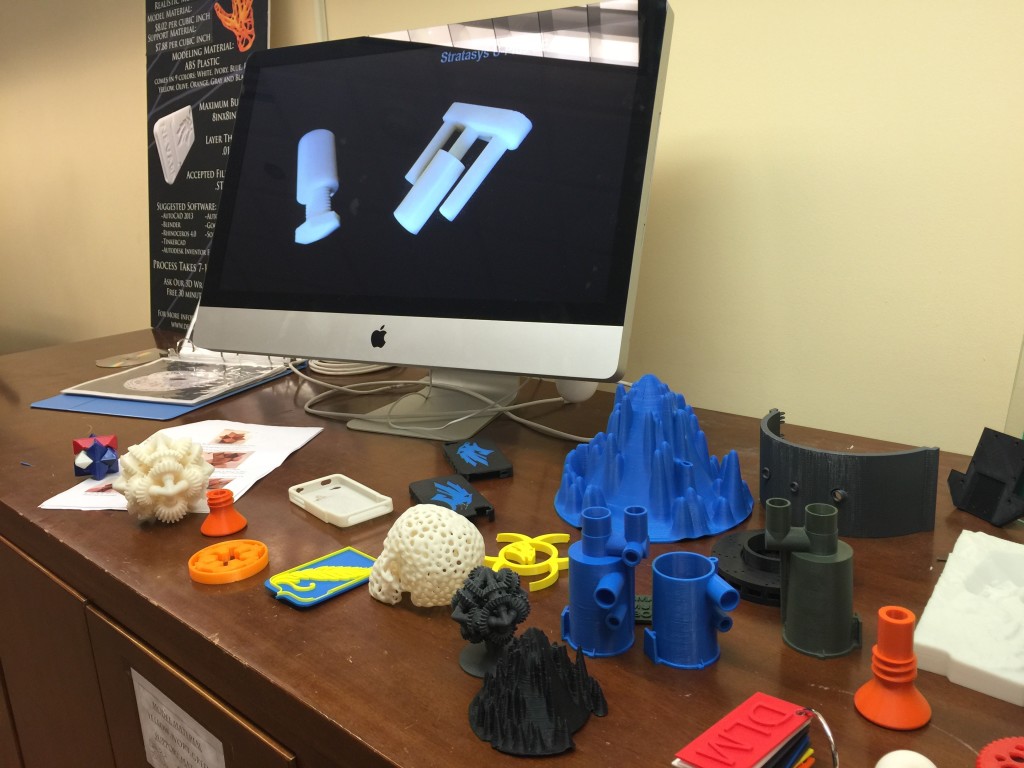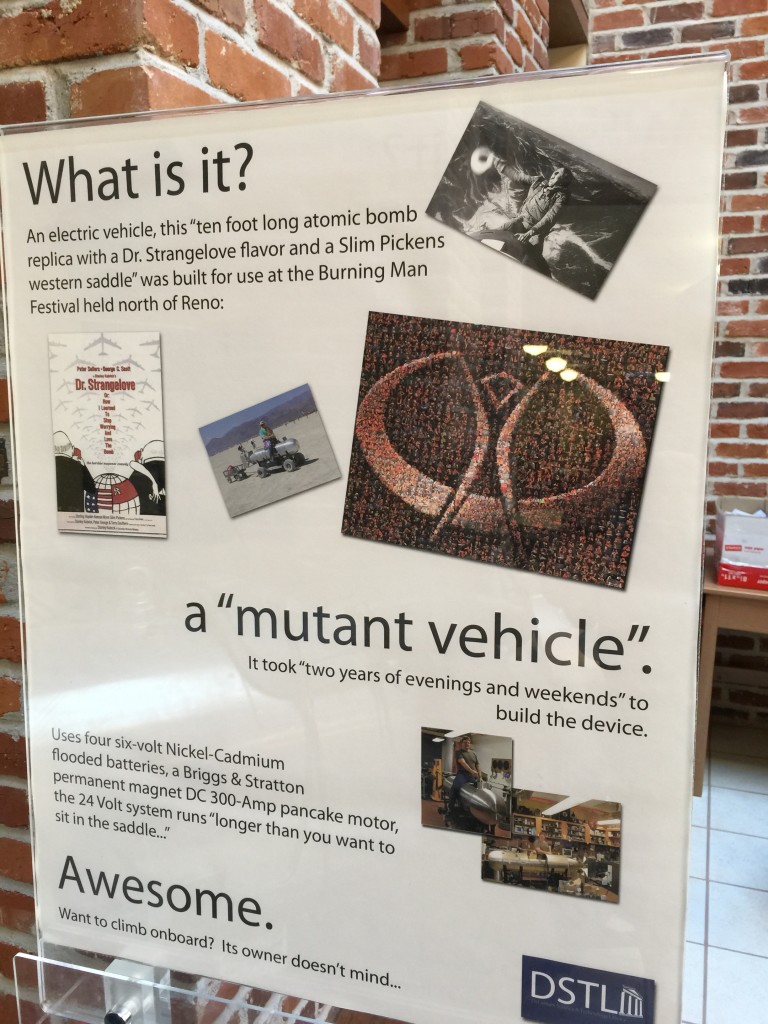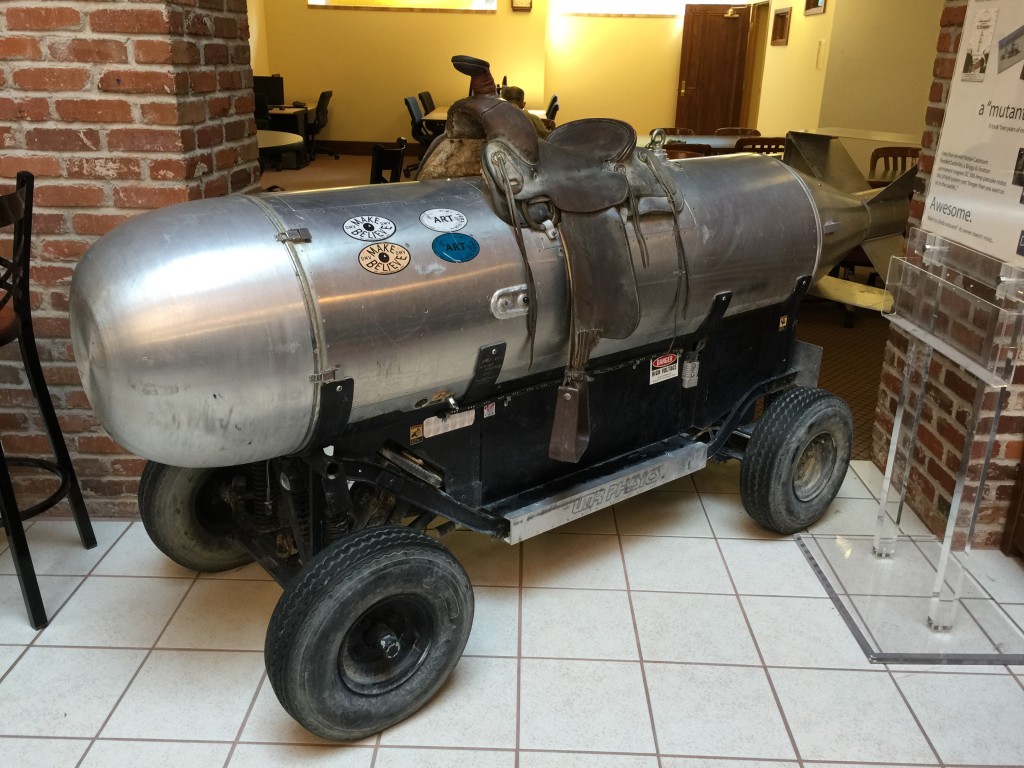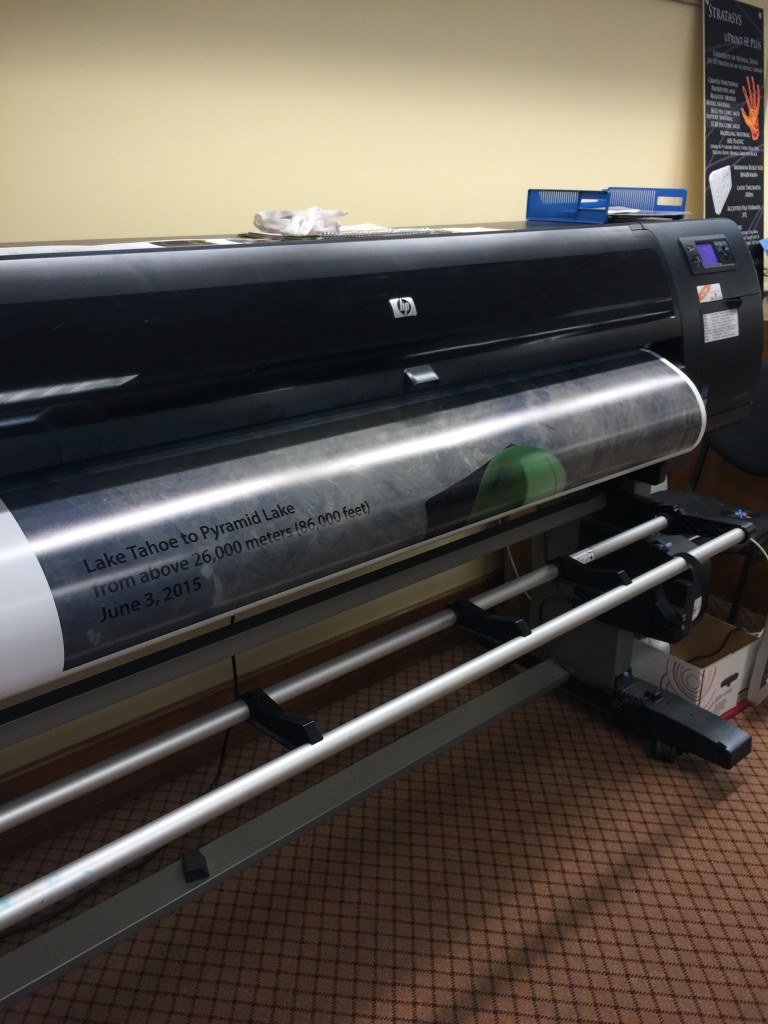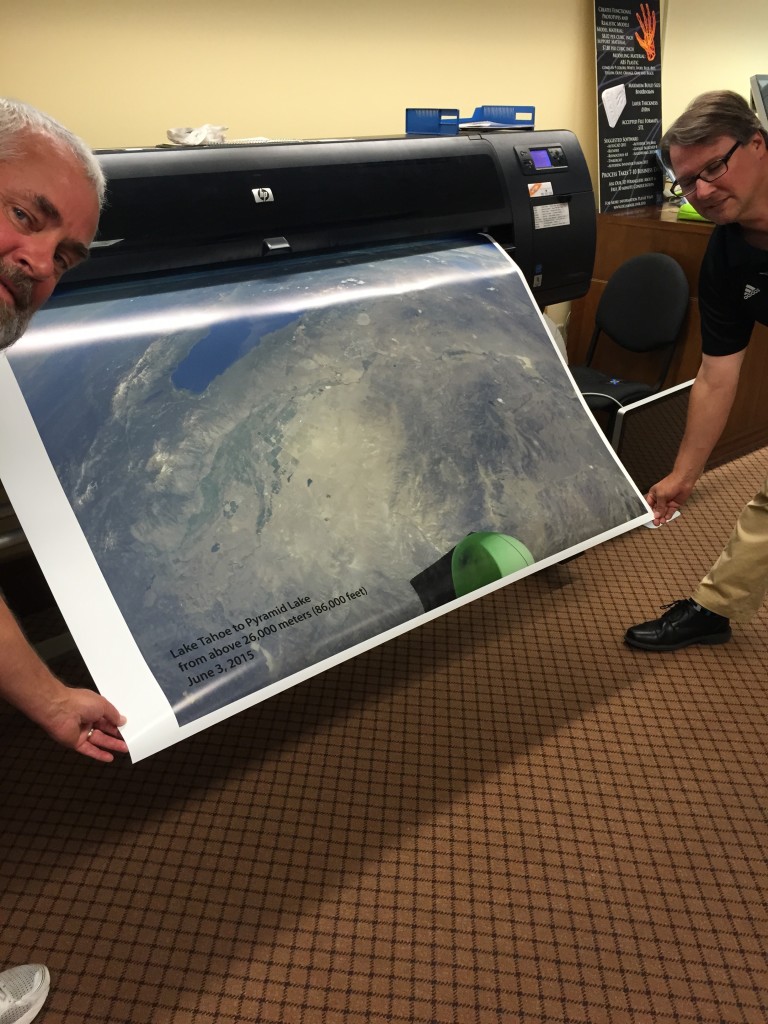Although classroom visits are not actually required by the Nevada STEM Underwater and Aerial Vehicle Computer Science Institute (NSUAVCSI) “College and Career Ready” grant I wrote last summer, I believe visits and mentoring are a vital pieces of quality professional development. I’ve done about 4 visits so far and plan to do many more. Back in December (Yes I’m late getting this posted – Urgh!) I visited Carrie Mieras’s class at Sparks Middle School. They were experiencing using the Parrot Spider Minidrones for the first time although they had used another type of drone that only allows controlling via a joystick controller, so this would be their first attempt at writing a program to fly.
They worked in pairs and “3’s” to assemble the wheels that allow these drones to roll on the ground ceiling or walls, but also perform as blade guards. While one partner was assembling, the other was setting up either Tickle or Tynker on their iPads or iPhone to write their block program that would tell the drone what to do.
Block programming is a great first step to learn programming because it can be used successfully by even young children. Even though students are not writing actual lines of code, the process of block programming includes many of the thinking and problem solving skills required to program in languages like Python.
It was interesting to watch students struggle some to write their first program, but also to identify which of the 8 or 9 Parrots that showed up on their iPads was theirs. Several times students would choose the wrong one and when they started their program someone else’s Parrot would spring to life and begin it’s journey. That led to a quick lesson on how to tell which is which and then they were off!
You can see the block program on this student’s iPhone (he was using Tickle, (Tynker doesn’t work on iPhones) to tell his Parrot Spider Minidrone what to do.
By the time everyone had had a chance to get things off the ground a bit the period was over (“Whaaaaat!!??”) and it was time to put stuff away.
It was definitely a bit of a “messy” experience for the students, so I loved it. They weren’t taught everything … they had to figure things out on their own, but they were now ready to be more productive the next day!
Learning is messy!

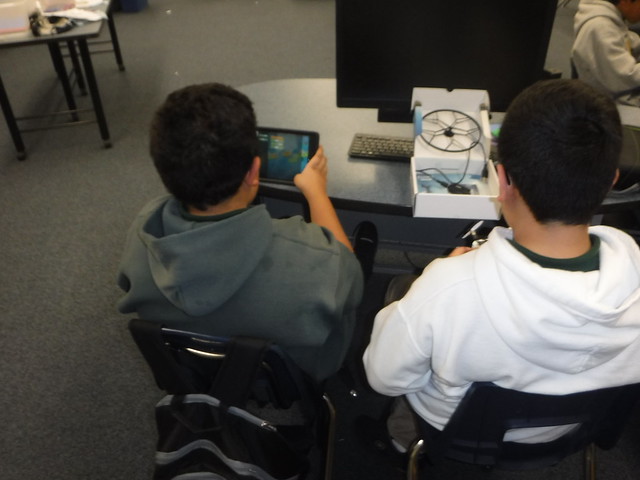
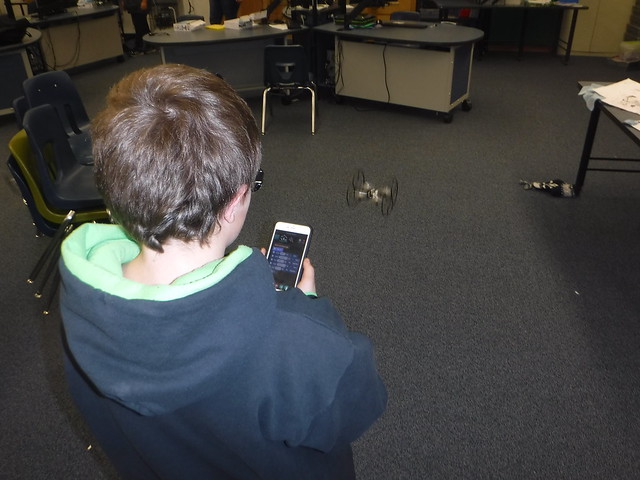
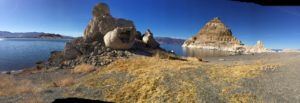
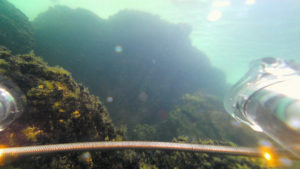
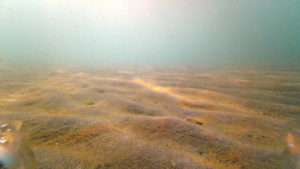
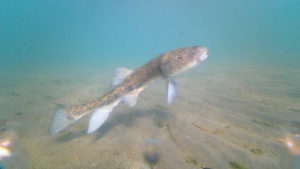
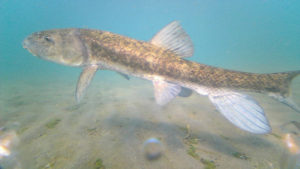
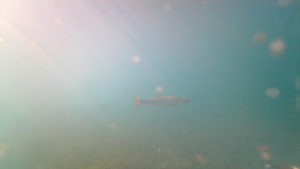
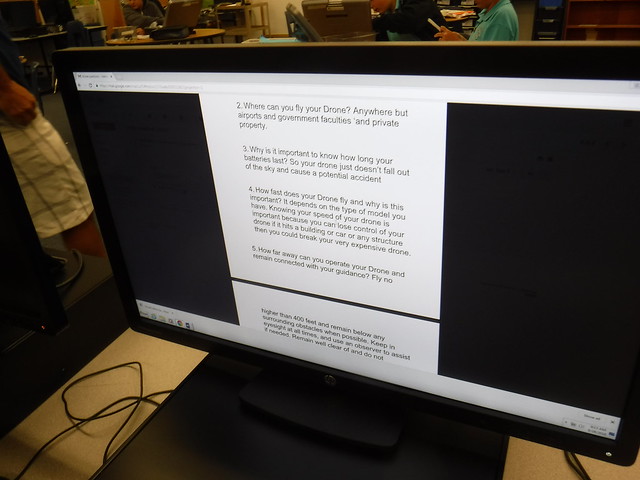
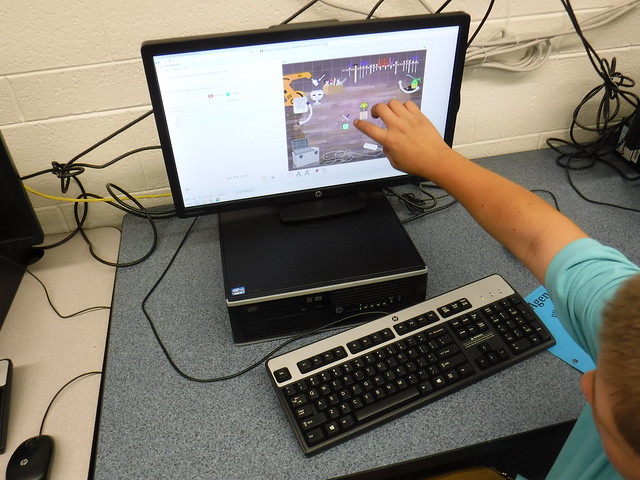


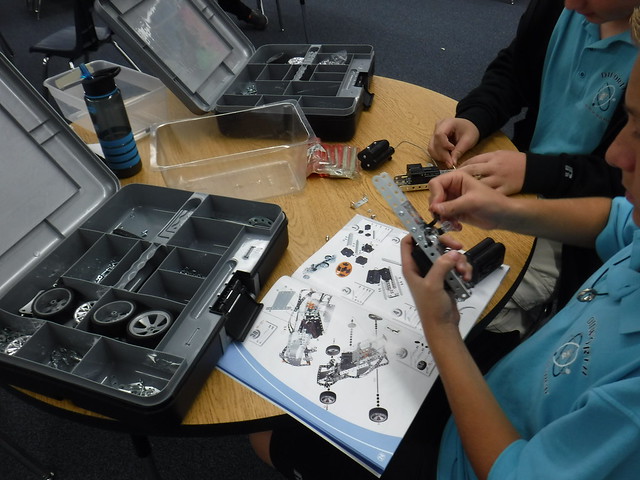
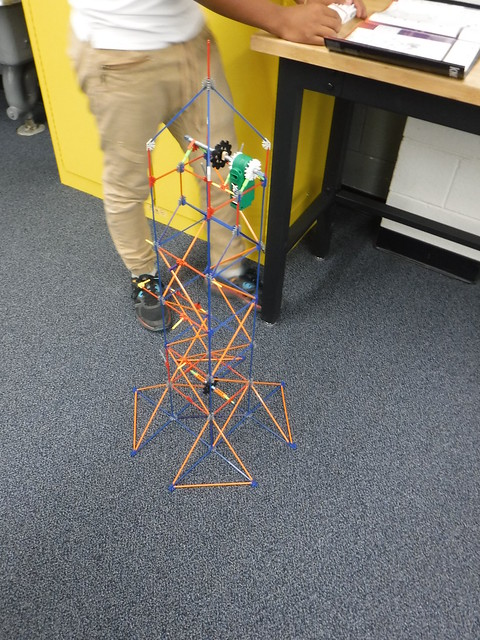
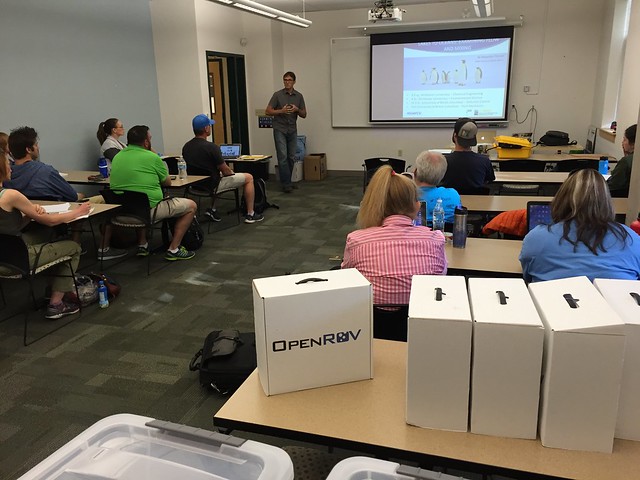


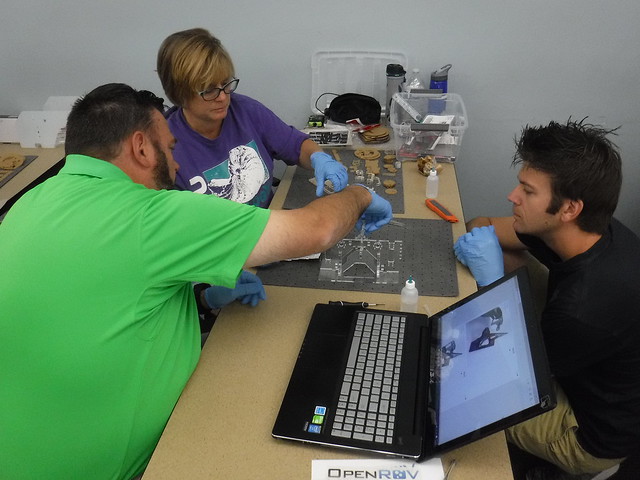

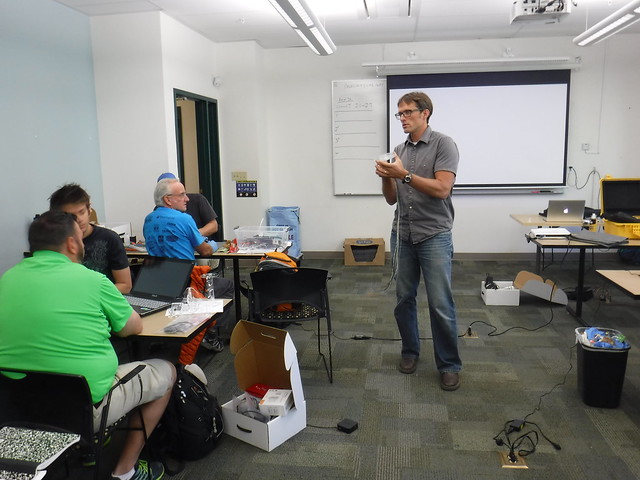

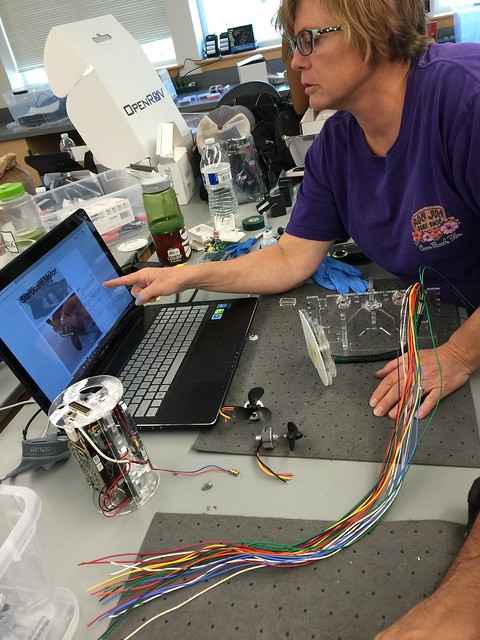



![DSCF0003[1]](https://c3.staticflickr.com/8/7469/29103462882_bca8f00f99_z.jpg)
![DSCF0023[1]](https://c2.staticflickr.com/9/8016/29132778921_9276484789_z.jpg)
